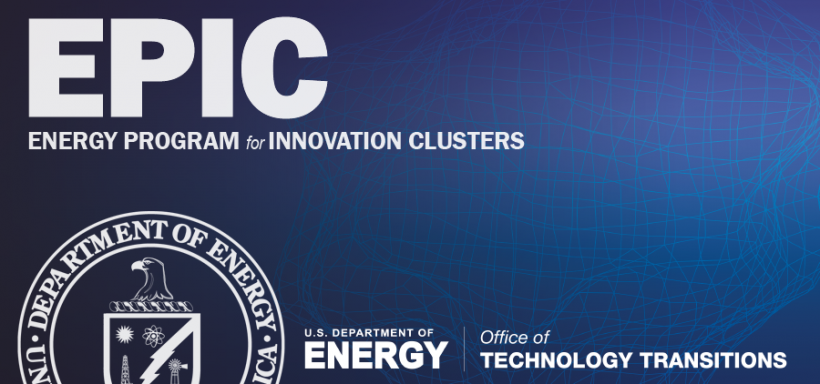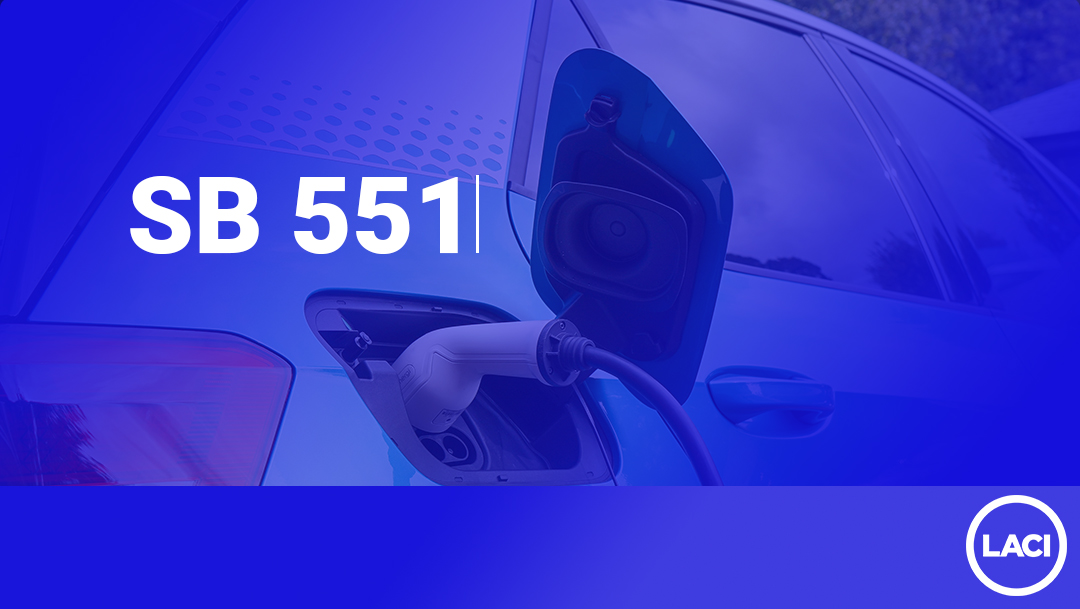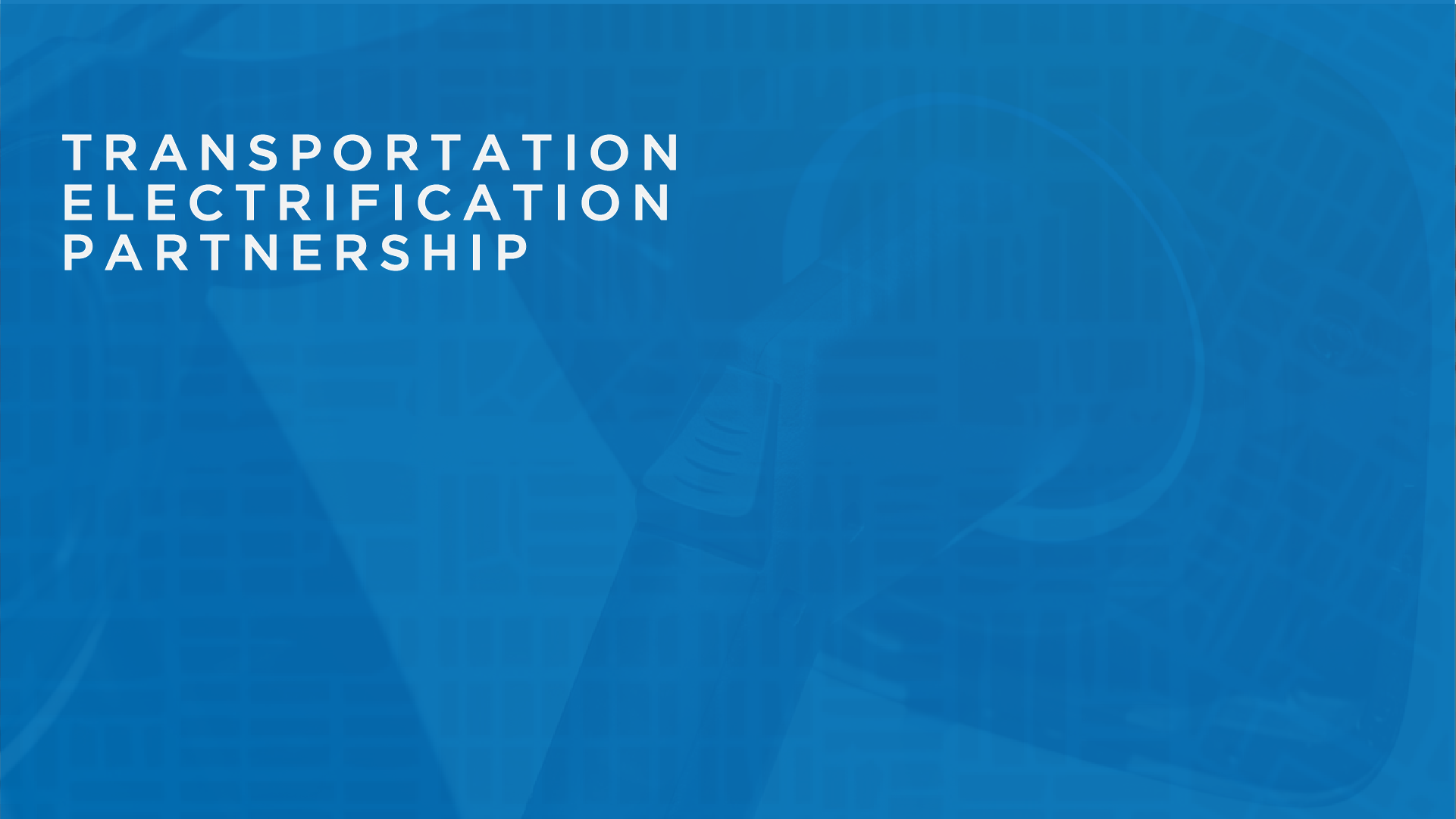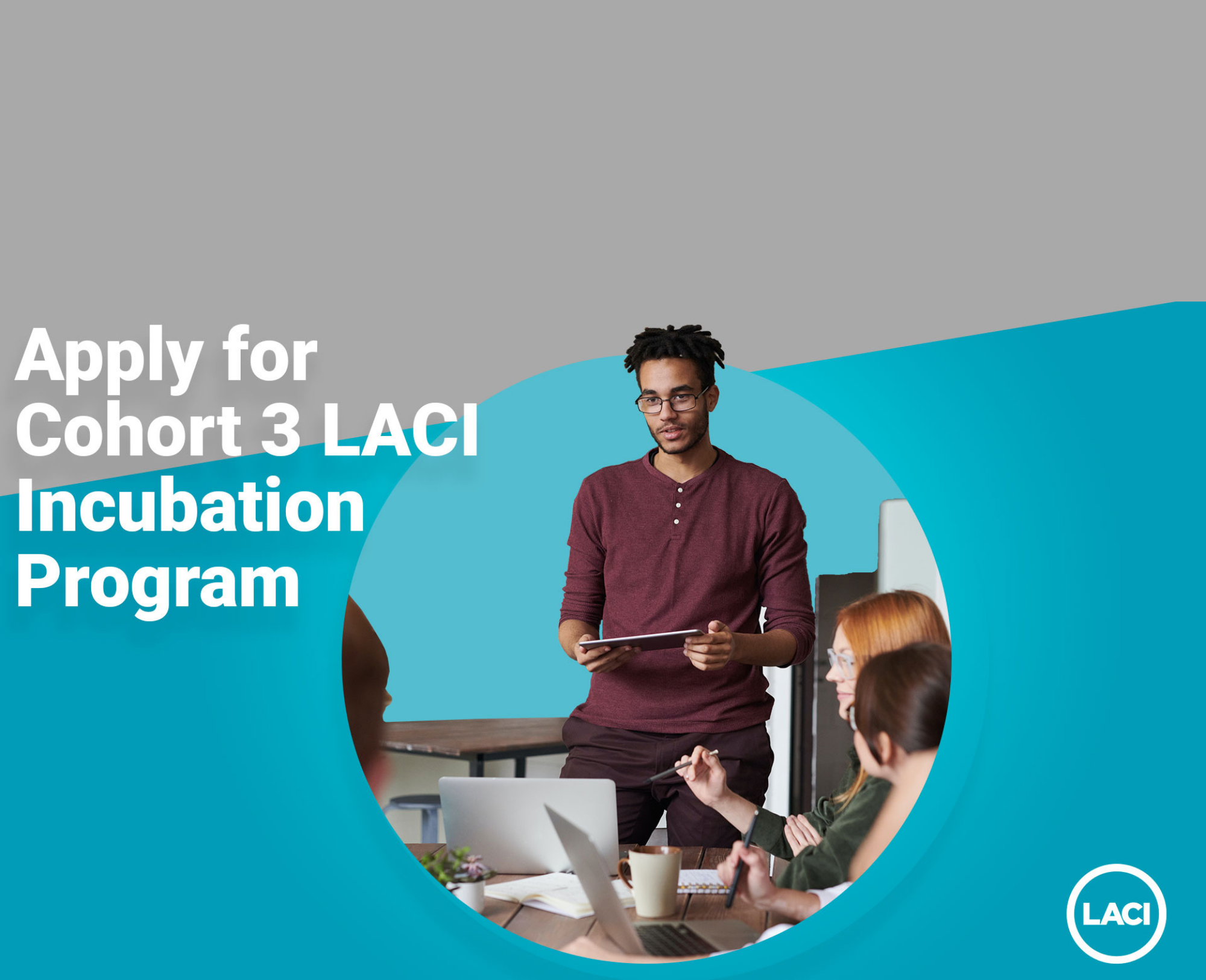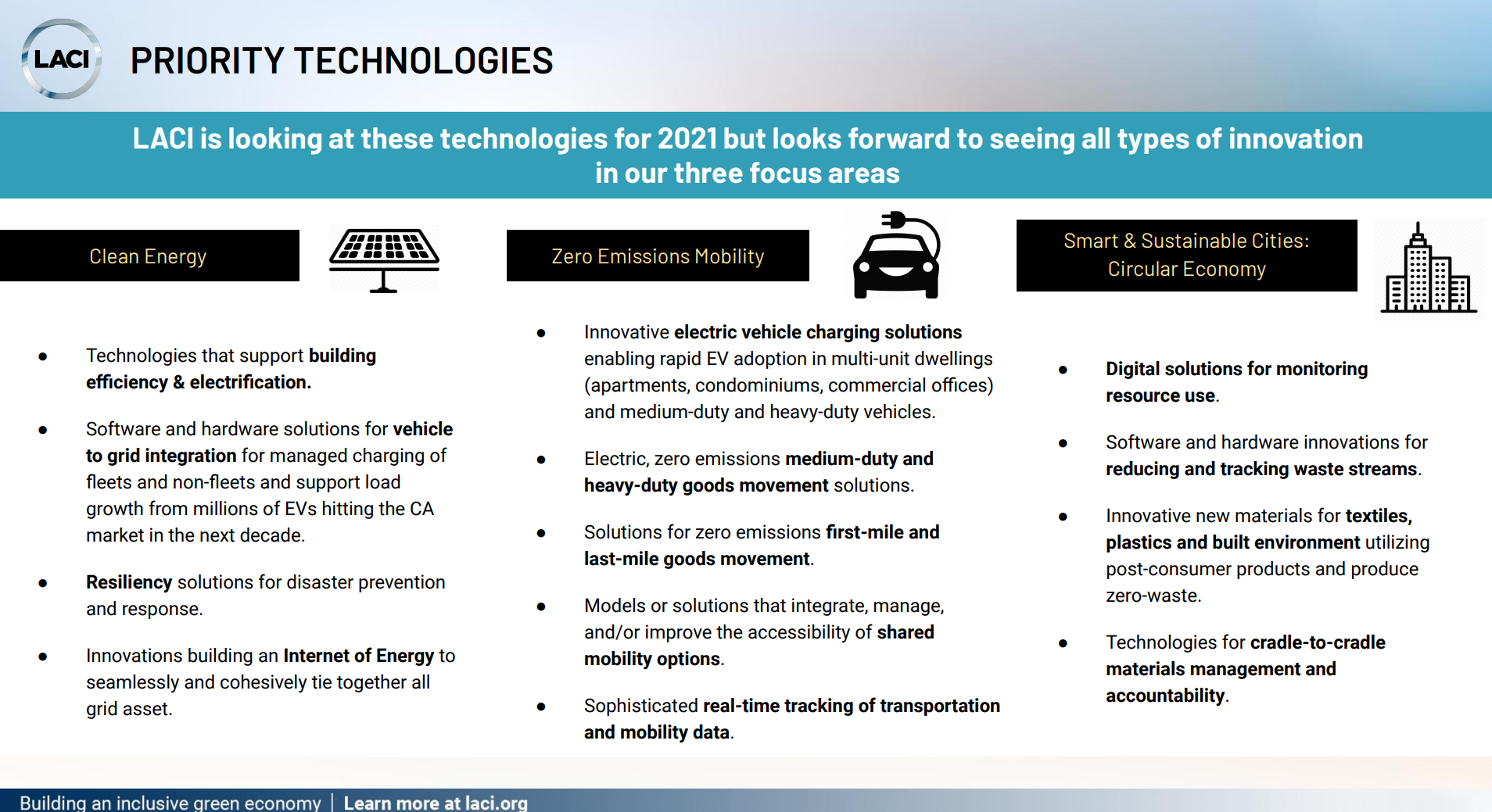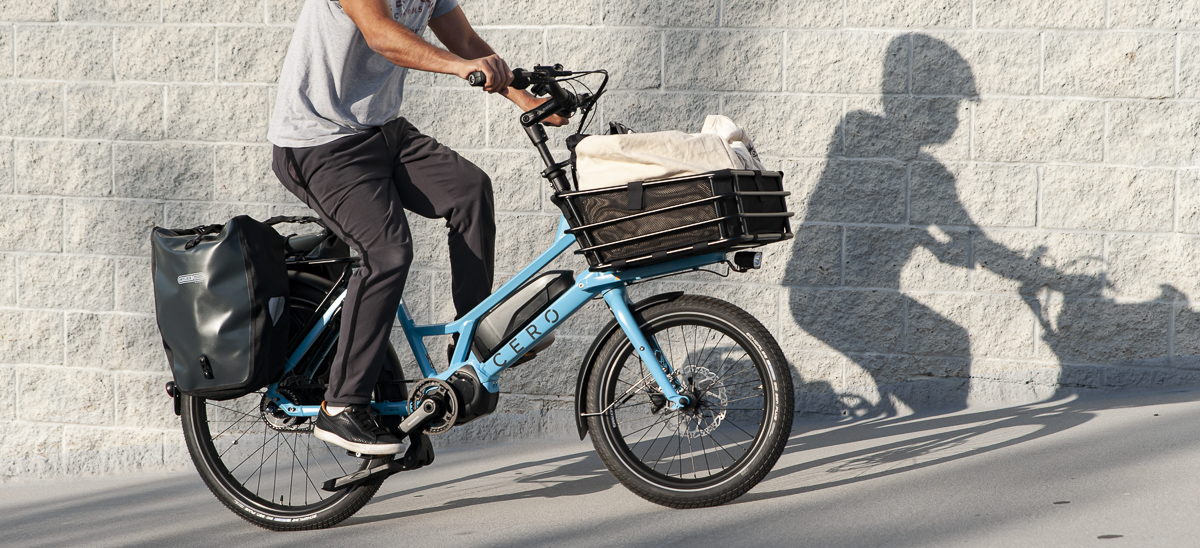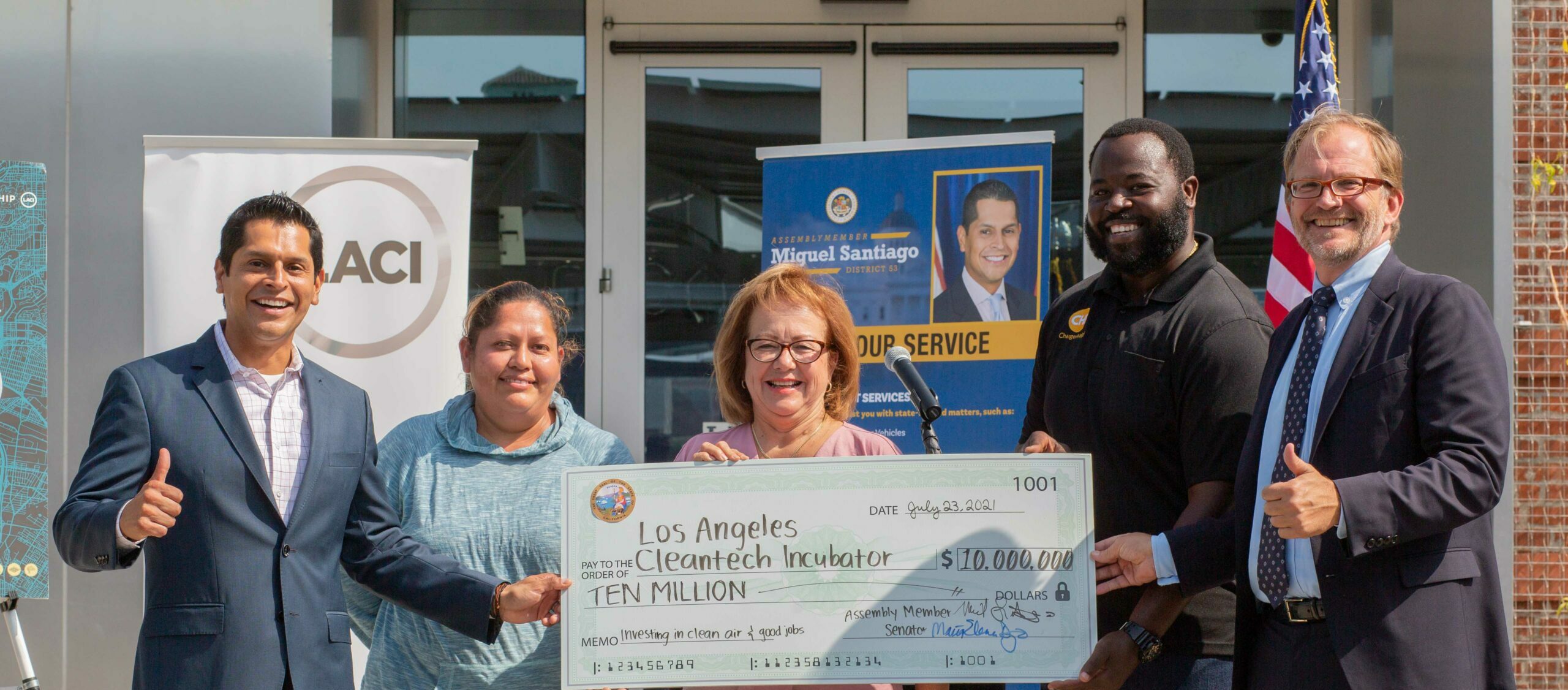
California Senator Maria Elena Durazo and Assemblymember Miguel Santiago secured the funding for LACI and announced the investments which will benefit communities across LA County
LOS ANGELES – The Los Angeles Cleantech Incubator (LACI) announced today that $10 million has been allocated in the state budget to advance innovative zero emission transportation initiatives, clean-energy pilot programs, workforce development, and assistance for underserved communities and entrepreneurs in Los Angeles County.
California Senator Maria Elena Durazo and Assemblymember Miguel Santiago joined LACI CEO Matt Petersen to announce the new funding at a July 23 press conference at the La Kretz Innovation Campus. The funding, which was finalized when Governor Gavin Newsom signed the budget on July 12, was sponsored by LACI and championed by Durazo and Santiago.
“The future is green and the investments we make now to propel Los Angeles’ cleantech industry will pay dividends in clear air and good-paying jobs that will lift underserved communities out of poverty and make our neighborhoods healthier,” said Durazo. “As we move toward a post-pandemic recovery, we need to build a strong and resilient future that gives everyone the healthy and economically vibrant communities they want and deserve.”
The funding will support local investments in electric-vehicle and clean- energy pilot projects, green workforce training for residents in underserved communities and support for underrepresented cleantech startup founders.
 “Our communities deserve to breathe clean air, work good paying jobs, and thrive in tomorrow’s economy,” said Santiago. “It took a pandemic for my neighbors to breathe clean air. $10 million represents an investment in our children’s future, in our communities’ prosperity, and in the health of our neighbors and friends. I’m so proud to have the Los Angeles Cleantech Incubator in my district, as they are making leaps and bounds to ensure our communities are included in the green economy and that we move away from fossil fuels.”
“Our communities deserve to breathe clean air, work good paying jobs, and thrive in tomorrow’s economy,” said Santiago. “It took a pandemic for my neighbors to breathe clean air. $10 million represents an investment in our children’s future, in our communities’ prosperity, and in the health of our neighbors and friends. I’m so proud to have the Los Angeles Cleantech Incubator in my district, as they are making leaps and bounds to ensure our communities are included in the green economy and that we move away from fossil fuels.”
A LACI report released in January projected that more than 600,000 jobs could be created in Los Angeles County in the clean energy, transportation electrification, and other cleantech sectors.
“Los Angeles is increasingly becoming the epicenter of the nation’s green transition, and the state’s investment in a more sustainable and equitable future gives us the boost to ensure that the full potential of the sector’s environmental and economic benefits happen here in LA for the communities that need it the most,” Petersen said.
The state budget allocations for Los Angeles include:
- Clean energy and transportation pilot expansion in underserved and disproportionately burdened communities: This new state funding will leverage existing resources to reduce air pollution and enhance communities by deploying emerging innovations for mobility, goods movement, and clean energy. The funds will also support smaller technology pilots for LACI startups.
- Green economic recovery through job training: Funding will also target green job training focused on underserved communities by providing classroom education, hands-on training in the field, and paid internships performing EV charging maintenance, electric vehicle repair, and software development.
- Support for BIPOC and women-owned startups: Funds will also support underrepresented founders and their emerging startups which are focused on advancing and bringing to market solutions for zero-emissions transportation, clean energy, and the circular economy.
ABOUT LACI
LACI is creating an inclusive green economy by: unlocking innovation through working with startups to accelerate the commercialization of clean technologies, transforming markets through partnerships with policymakers, innovators and market leaders in transportation, energy and sustainable cities; and enhancing communities through workforce development, pilots and other programs. Founded as an economic development initiative by the City of Los Angeles and its Department of Water & Power (LADWP), LACI is recognized as one of the most innovative business incubators in the world by UBI. Learn more at laci.org.
###

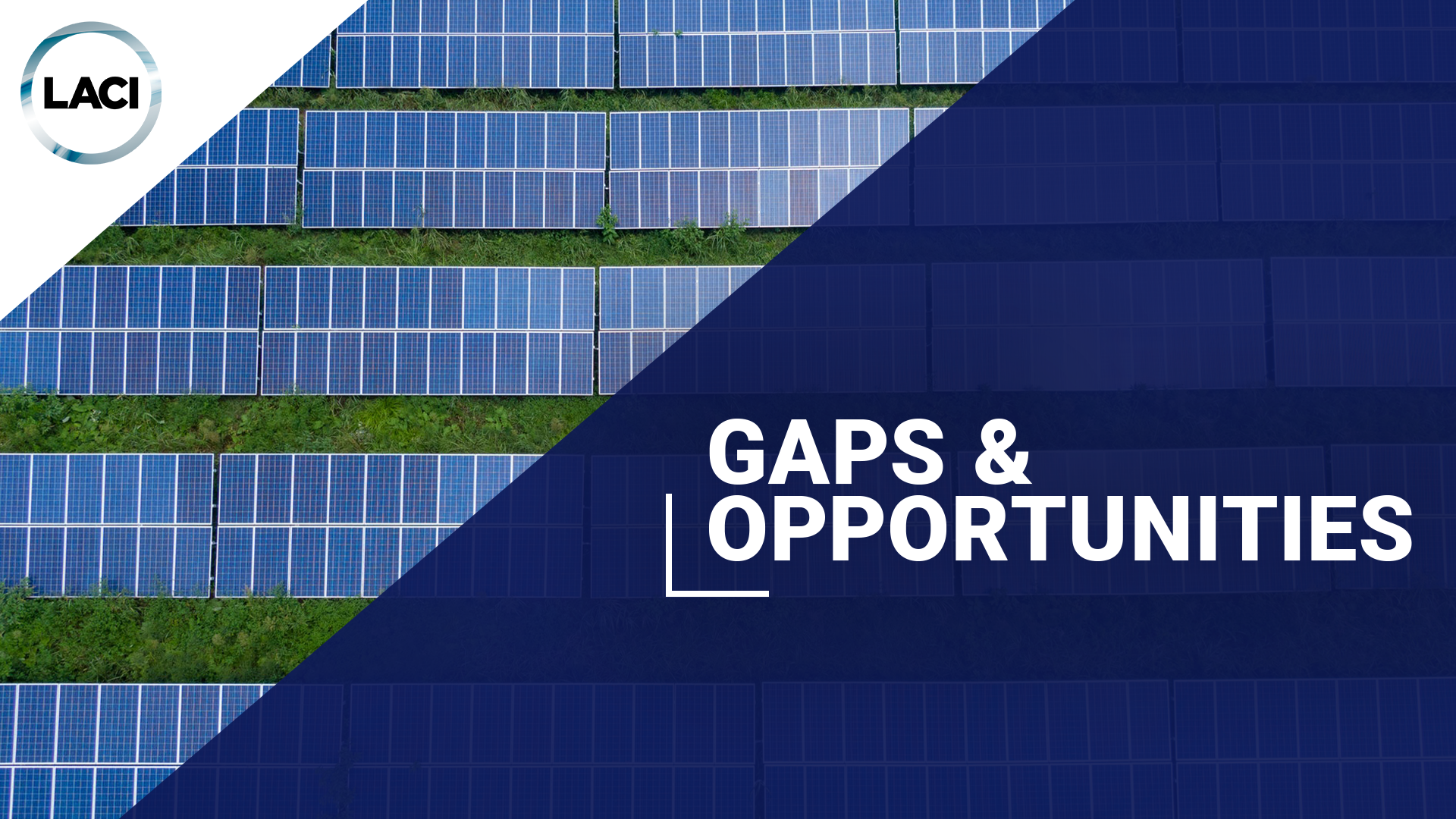
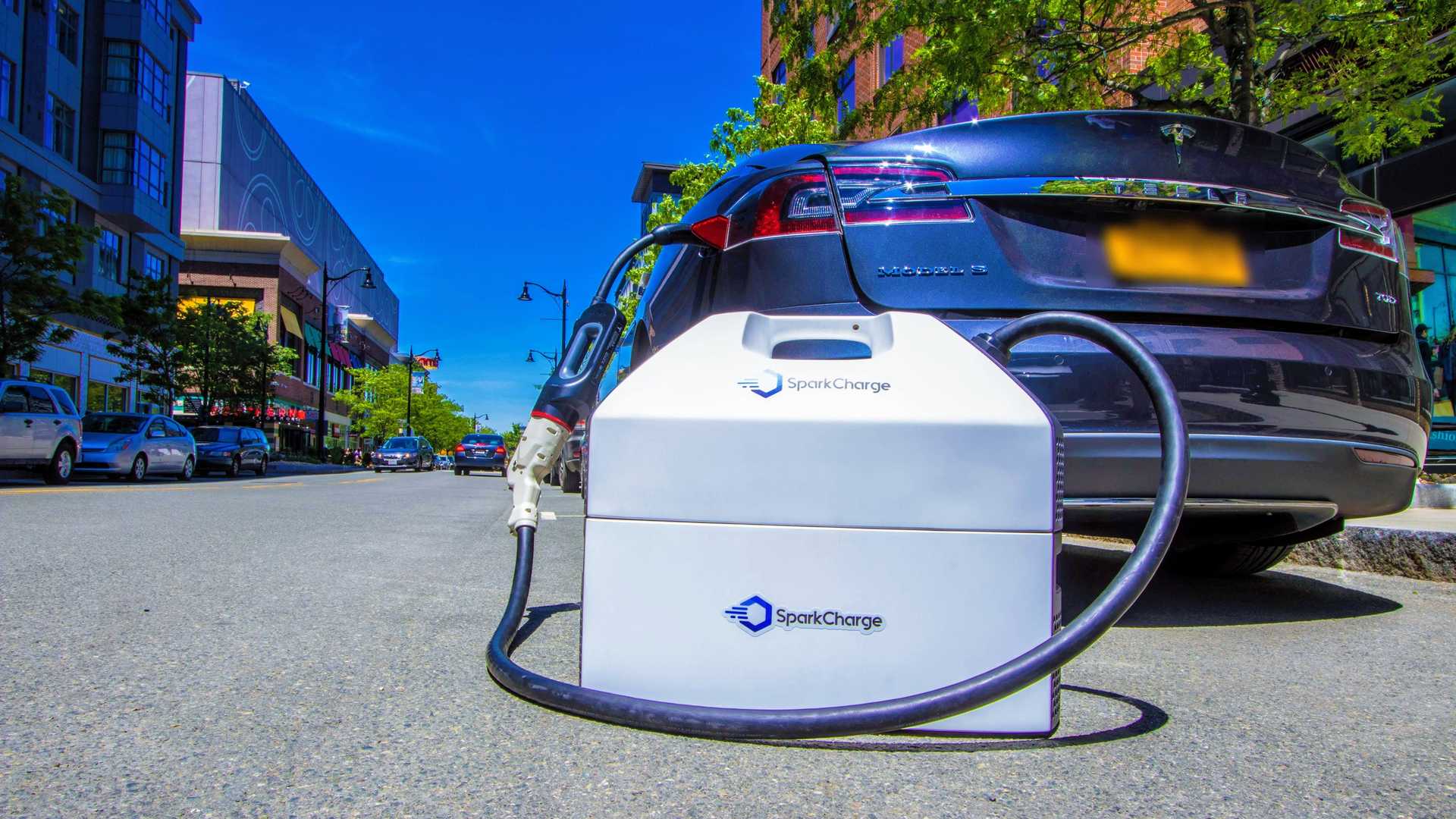 One LACI startup,
One LACI startup, 
 LACI’s Sustainable Cities work, with a focus on circular economy, supports this regional initiative by recruiting diverse startups with technologies that advance material diversion and generate new materials or products using circular practice. LACI Startup
LACI’s Sustainable Cities work, with a focus on circular economy, supports this regional initiative by recruiting diverse startups with technologies that advance material diversion and generate new materials or products using circular practice. LACI Startup 
